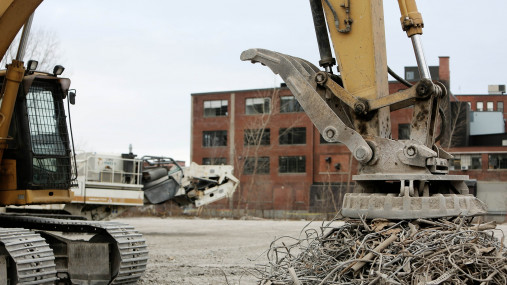
Publications » Reference documents » Using the standard EN 19694-2 and appropriate thresholds for the use of scrap for an EU Taxonomy fit for purpose
Using the standard EN 19694-2 and appropriate thresholds for the use of scrap for an EU Taxonomy fit for purpose
Downloads and links
Recent updates

This short paper summarises our proposal for the use of the EN 19694-2 in place of the ETS benchmarks and the modification of the scrap eligibility criteria for the EU Taxonomy. EUROFER has provided a more detailed position in its contribution to the inception impact assessment on the EU taxonomy.
EN 19694-2 in place of ETS benchmarks
The steel value chain is a complex system of interconnected processes producing steel essentially via 2 complementary process routes:
We would like to reiterate that, in order to understand and assess/evaluate the environmental impact of activities of the steel industry, the entire life cycle needs to be taken into consideration, this in line with Article 19 (g) of the regulation. As part of a life cycle approach, it is key to assess the performance along the entire steel value chain, including all inter-connected steelmaking processes, in order to have consistent data and avoid misleading results which would compromise the existence of sustainable steel value chains in Europe.
This paper was updated on 21 October 2020.

Download this publication or visit associated links
Brussels, 20 November 2025 – Today the European Steel Association (EUROFER) elected its new Board, President and Vice-Presidents (see Annex). Henrik Adam was confirmed as President of the organisation for another two-year term.
Brussels, 22 October - Ahead of the European Council meeting on 23 October, Europe’s steel and automotive industries — two strategic pillars of the EU economy — are issuing a joint call for a realistic and pragmatic pathway to transformation and keeping investments in Europe. Together, these sectors form the backbone of Europe’s industrial strength, supporting over 13 million jobs in automotive and 2.5 million in steel (directly and indirectly), and driving innovation across entire value chains.
Joint Statement